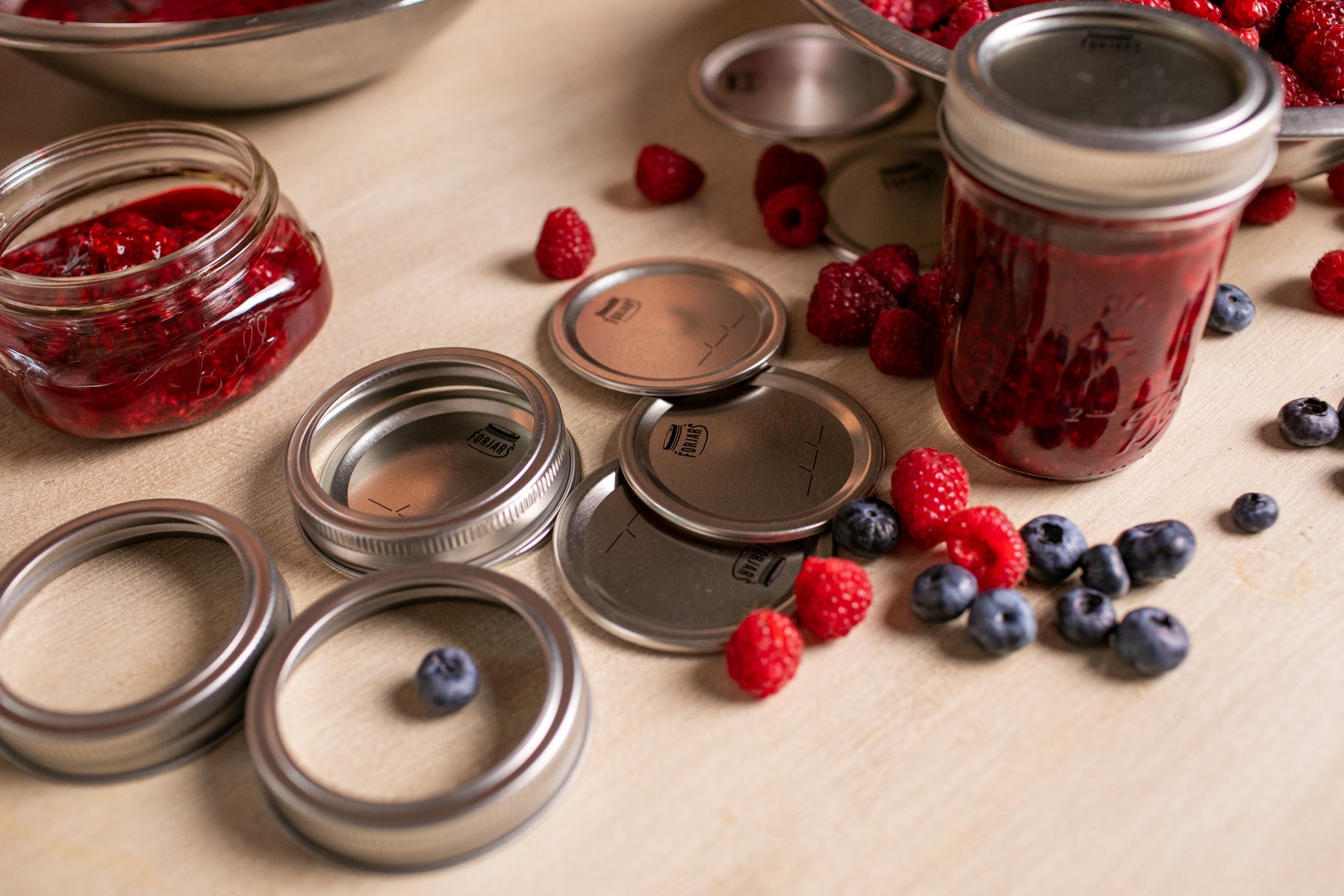
How Canning Preserves Foods
How Canning Preserves Foods
The high percentage of water in most fresh foods makes them very perishable. They spoil or lose their quality for several reasons:
- growth of undesirable microorganisms-bacteria, molds, and yeasts,
- activity of food enzymes,
- reactions with oxygen,
- moisture loss.
Microorganisms live and multiply quickly on the surfaces of fresh food and on the inside of bruised, insect-damaged, and diseased food. Oxygen and enzymes are present throughout fresh food tissues.
Proper canning practices include:
- carefully selecting and washing fresh food,
- peeling some fresh foods,
- hot packing many foods,
- adding acids (lemon juice or vinegar) to some foods,
- using acceptable jars and self-sealing lids,
- processing jars in a boiling-water or pressure canner for the correct period of time.
Collectively, these practices remove oxygen; destroy enzymes; prevent the growth of undesirable bacteria, yeasts, and molds; and help form a high vacuum in jars. Good vacuums form tight seals which keep liquid in and air and microorganisms out.
Credit: NCHFP

